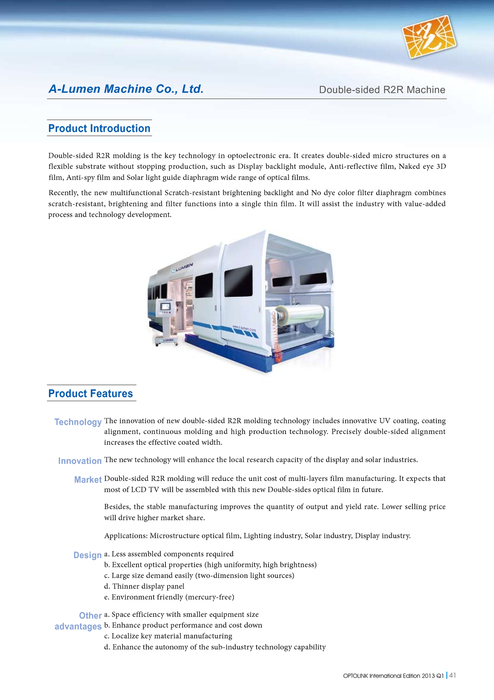Hill Manufacturing Uses Departmental Cost Driver Rates Apply

A Compute the manufacturing overhead allocation rate for each department c. Hill Manufacturing uses two different cost allocation rates 27 250 d 10 000 16. 1 565 per unit Question Five Schulz Corporation applies overhead based upon. Hill Manufacturing uses departmental cost driver rates to apply manufacturing. The predetermined overhead rate is calculated by simply dividing the estimated overhead expense by the estimated activity base. For example, if overhead expenses are estimated to be $5 million for a particular period and the activity cost of a manufacturing project over that period amounts to $20 million, the predetermined overhead rate would be 1-to-4, meaning that for every dollar spent on.
Activity-based costing (or, the ABC method) is a recent approach that manufacturers’ accountants have started using to allocate indirect overhead costs. Most other methods are based on a common denominator of production activity, such as direct labor hours or machine hours.
.Learning through Interactive Multimedia.Tailor made lessons to meet the needs of every student through 2D and 3d-animated content.Quick grasping of lessons.Last time revision convenient and flexible option you don’t have to depend on anyone for anything.Ability to learn the new processes or knowledge.Home module Practice Question Paper Generator.Numerous Prelim/Practice tests and mock tests.Huge Question bank for reference which includes all subjects.Includes both Objective & Subjective Questions.Improved scores on certifications, tests, or other types of evaluation. Edusoft software free download. .Teaching through Interactive Multimedia.Concept clearing by 2D and 3d-animated content.Quick Delivery Of Lessons.Point at a glance for speedy learning.Ability to teach and implement the new processes or knowledge.Customized Papersetting software module for Classes/Schools.Conduct tests at the click of the mouse be it Prelim/Chapterwise/Question type wise.Vast Question bank for reference which includes all subjects.Includes both Objective & Subjective Questions.Keep track of students Achievement with graphical analysis.
With the ABC method of costing, you identify each supporting activity in the production process and collect costs into a separate pool for each identified activity. Then you develop a measure for each activity — for example, the measure for the engineering department may be hours, and the measure for the maintenance department may be square feet. You use the activity measures as cost drivers to allocate costs to products.
The idea is that the engineering department doesn’t come cheap; including the cost of their slide rules and pocket protectors, as well as their salaries and benefits, the total cost per hour for those engineers could be $200 or more. The logic of the ABC cost-allocation method is that the engineering cost per hour should be allocated on the basis of the number of hours (the cost driver) required by each product.
So, if Product A needs 200 hours of the engineering department’s time and Product B is a simple product that needs only 20 hours of engineering, you allocate ten times as much of the engineering cost to Product A. In similar fashion, suppose the cost of the maintenance department is $20 per square foot per year. If Product C uses twice as much floor space as Product D, it would be charged with twice as much maintenance cost.
The ABC method has received much praise for being better than traditional allocation methods, especially for management decision making. But keep in mind that this method still requires rather arbitrary definitions of cost drivers, and having too many different cost drivers, each with its own pool of costs, is not too practical.
Cost allocation always involves arbitrary methods. Managers should be aware of which methods are being used and should challenge a method if they think that it’s misleading and should be replaced with a better (though still somewhat arbitrary) method.

Add up total overhead.
Total overhead includes indirect materials, indirect labor, and other manufacturing costs. Add up indirect materials, indirect labor, and all other product costs not included in direct materials and direct labor.
Identify one or more cost drivers.
Scrutinize the nature of your overhead to identify different pools of overhead costs and specific measures that affect them. For example, one overhead pool may be storage costs. This pool would be affected by the number of square feet assigned to each department. Ideally, try to identify a single measure that actually causes each overhead pool to increase.
Research the nature of your overhead to try to find measurable factors that affect overhead costs. Ideally, try to find a measure that actually causes the total overhead pool to increase.
Activity-based costing doesn’t prohibit using direct labor hours to allocate overhead. If managers decide direct labor hours are a cost driver, that measure can function as part of the activity-based costing system.
This process eventually results in breaking total overhead down into several different cost pools and identifying a single cost driver for each.
Compute the overhead allocation rate.
Divide total overhead in each cost pool by its cost driver.
Compute the overhead allocation rate.
Divide total overhead in each cost pool by its cost driver.
Apply overhead.
Multiply the overhead allocation rate for each cost pool by the individual product’s cost driver activity level.